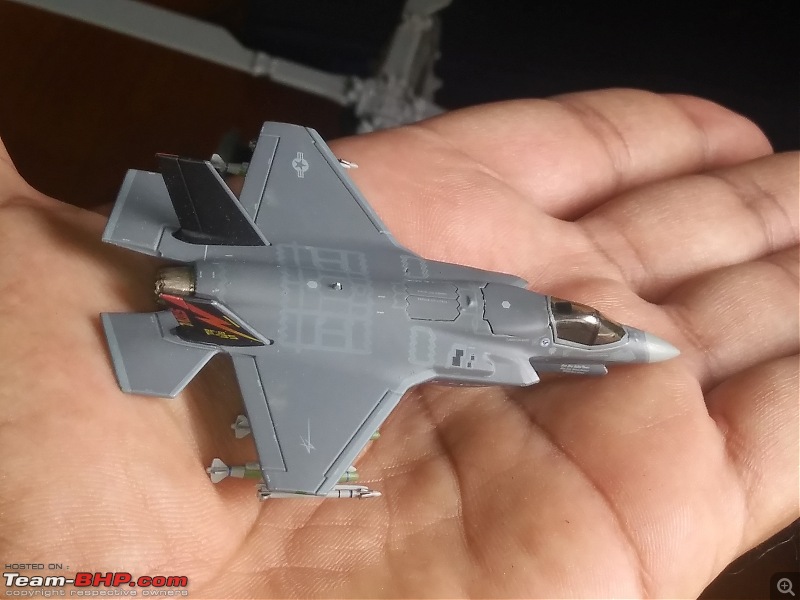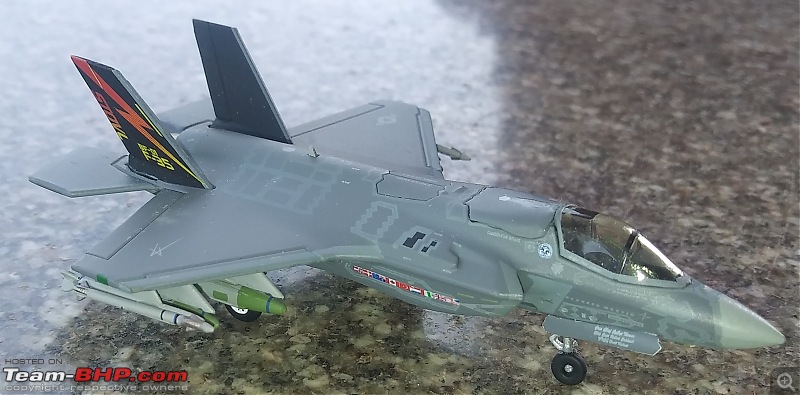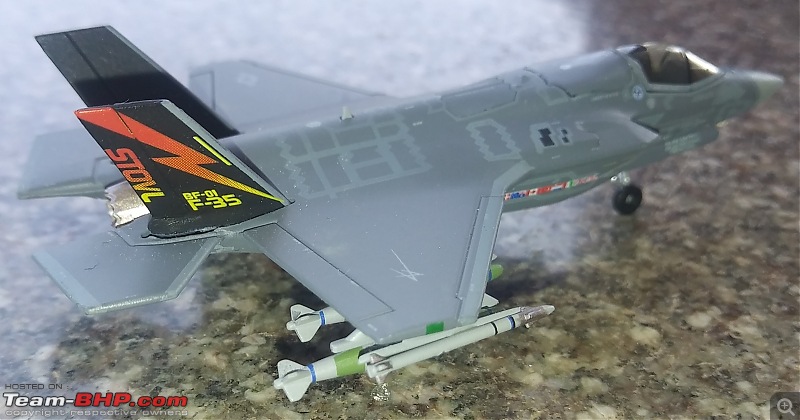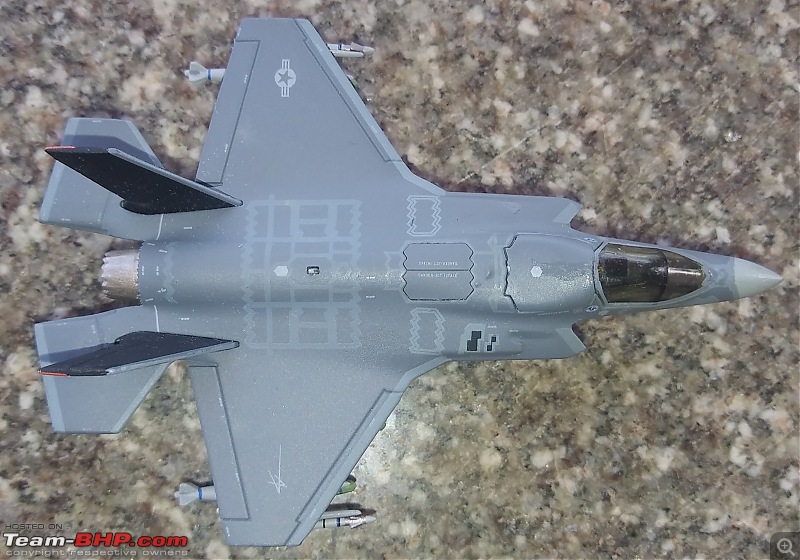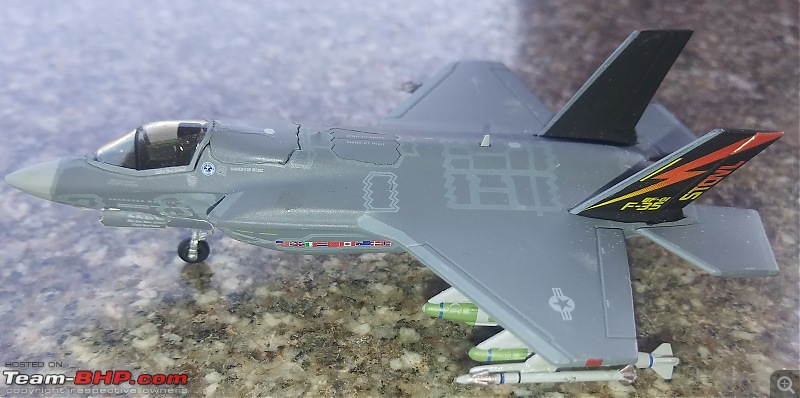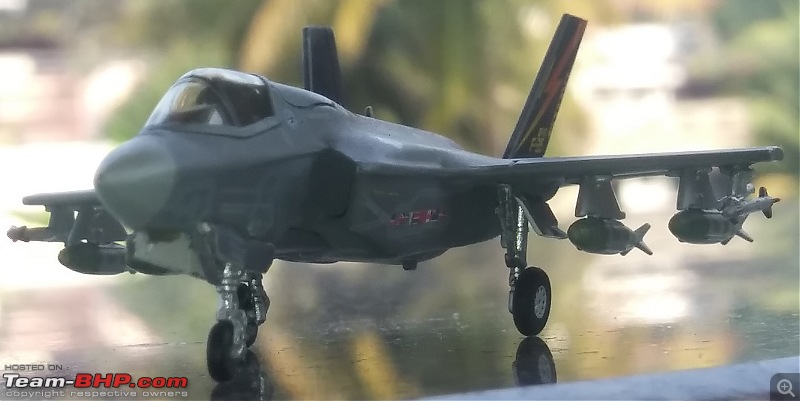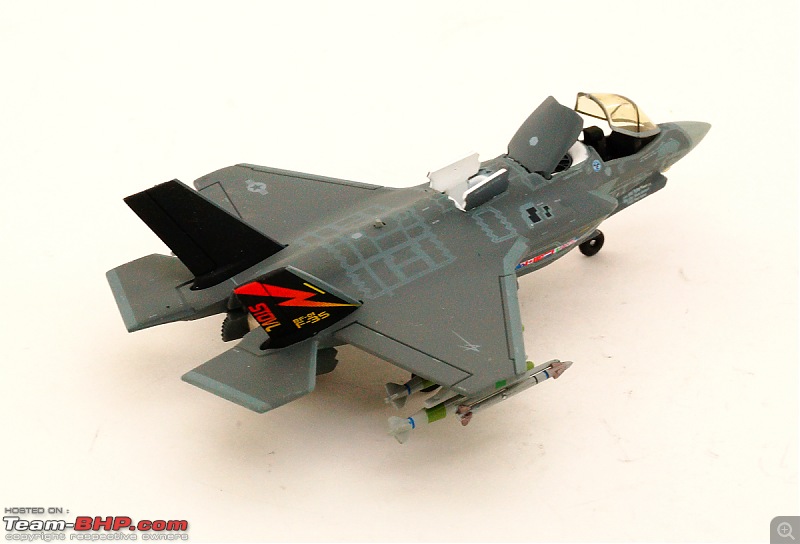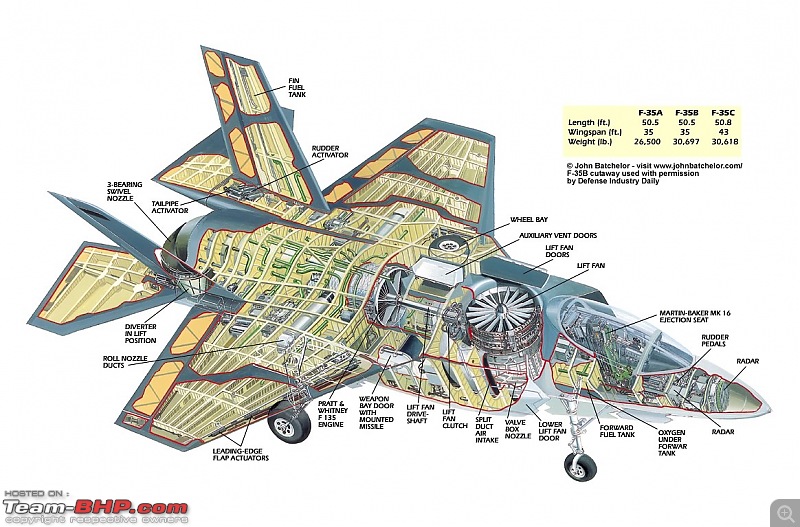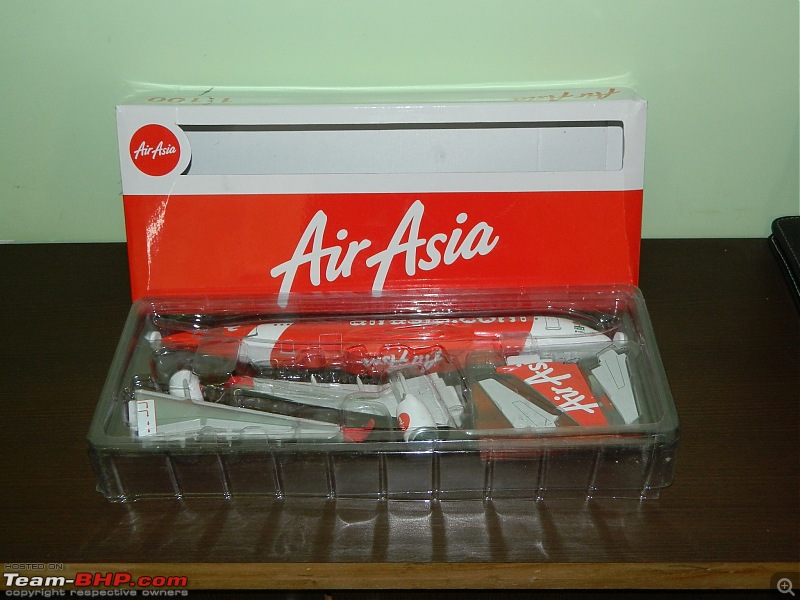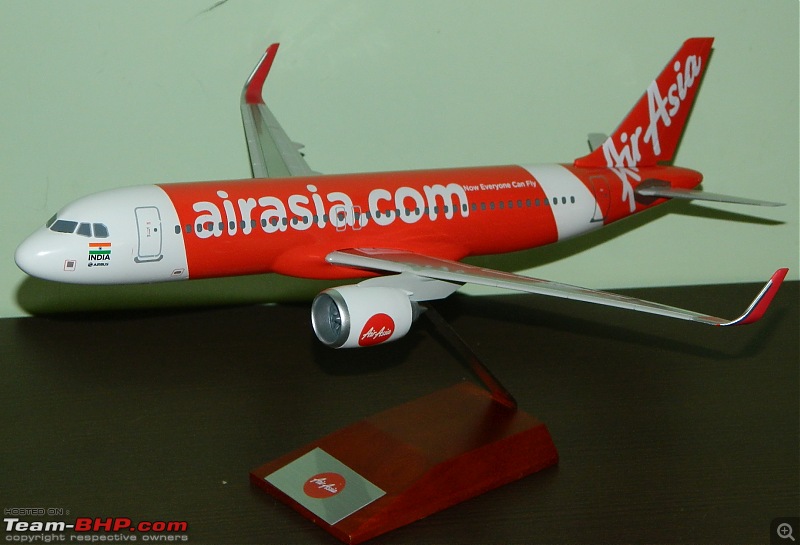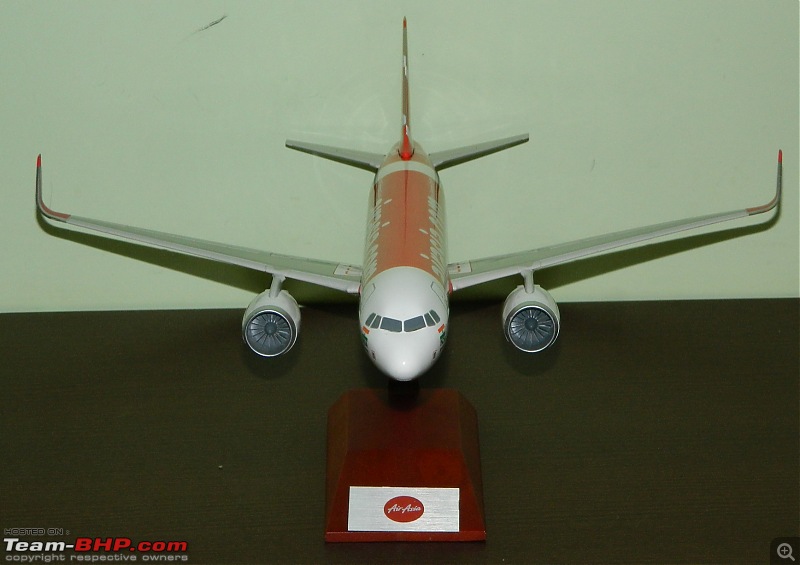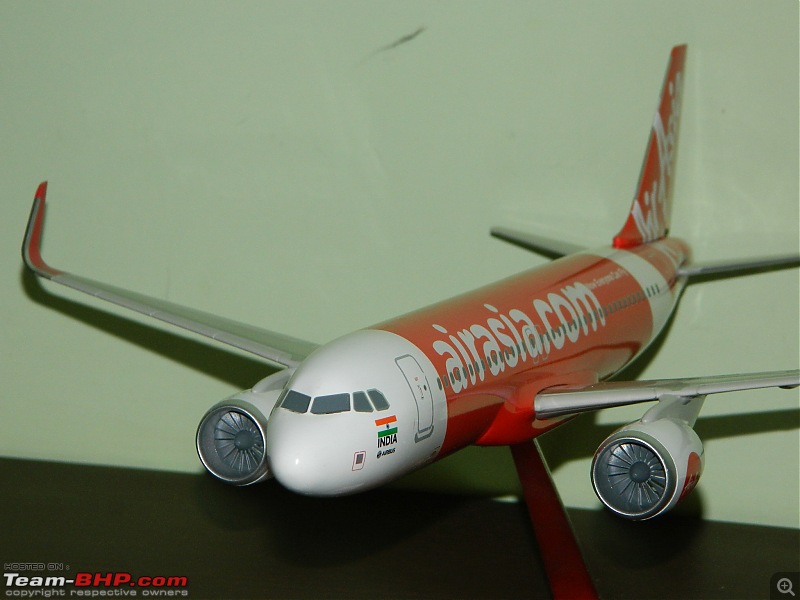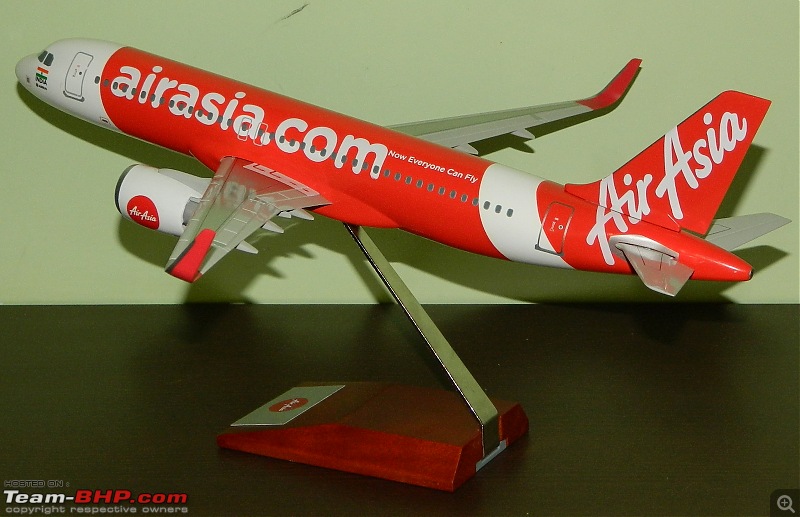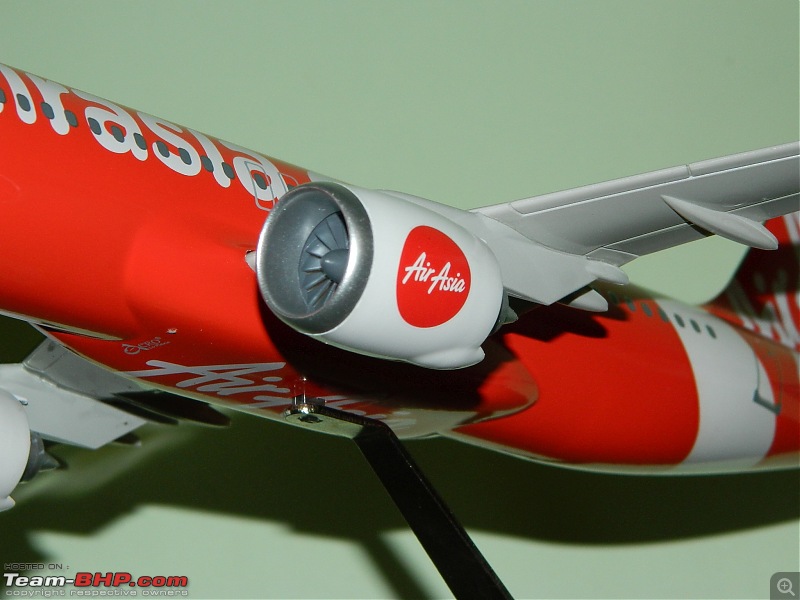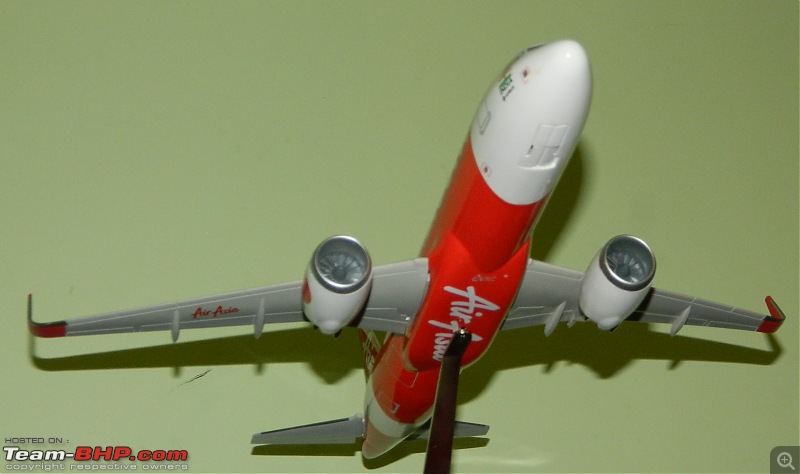1:72 Hawker Siddley/BAe Harrier GR.3 XV778 No.1 Squadron RAF (Altaya)
The Hawker Siddley/British Aerospace Harrier GR.3 was the single seat, ground attack version of the Harrier for the Royal Air Force. The RAF ordered 118 of the GR.1/GR.3 series, with the last production aircraft delivery in December 1986.
In the Falklands War in 1982, 10 Harrier GR.3s of No. 1 Squadron operated from the aircraft carrier HMS Hermes.As the RAF Harrier GR.3 had not been designed for naval service, the 10 aircraft had to be rapidly modified prior to the departure of the task force. Special sealants against corrosion were applied and a new deck-based inertial guidance aid was devised to allow the RAF Harrier to land on a carrier as easily as the Sea Harrier. Transponders to guide aircraft back to the carriers during night-time operations were also installed, along with flares and chaff dispensers.
As there was little space on the carriers, two requisitioned merchant container ships, Atlantic Conveyor and Atlantic Causeway, were modified with temporary flight decks and used to carry Harriers and helicopters to the South Atlantic. The Harrier GR.3s focused on providing close air support to the ground forces on the Falklands and attacking Argentine positions; suppressing enemy artillery was often a high priority. Sea Harriers were also used in the war, primarily conducting fleet air defence and combat air patrols against the threat of attacking Argentine fighters. However, both Sea Harriers and Harrier GR.3s were used in ground-attack missions against the main airfield and runway at Stanley.
If most of the Sea Harriers had been lost, the GR.3s would have replaced them in air patrol duties, even though the Harrier GR.3 was not designed for air defence operations; as such the GR.3s quickly had their outboard weapons pylons modified to take air-to-air Sidewinder missiles.From 10 to 24 May 1982, prior to British forces landing in the Falklands, a detachment of three GR.3s provided air defence for Ascension Island until three F-4 Phantom IIs arrived to take on this responsibility. During the Falklands War, the greatest threats to the Harriers were deemed to be surface-to-air missiles (SAMs) and small arms fire from the ground.In total, four Harrier GR.3s and six Sea Harriers were lost to ground fire, accidents, or mechanical failure. More than 2,000 Harrier sorties were conducted during the conflict—equivalent to six sorties per day per aircraft.
Following the Falklands war, British Aerospace explored the Skyhook, a new technique to operate Harriers from smaller ships. Skyhook would have allowed the launching and landing of Harriers from smaller ships by holding the aircraft in midair by a crane; secondary cranes were to hold weapons for rapid re-arming. This would potentially have saved fuel and allowed for operations in rougher seas. The system was marketed to foreign customers, and it was speculated that Skyhook could be applied to large submarines such as the Russian Typhoon class, but the system attracted no interest.
The first generation of Harriers did not see further combat with the RAF after the Falklands War, although they continued to serve for years afterwards. As a deterrent against further Argentine invasion attempts, No. 1453 Flight RAF was deployed to the Falkland Islands from August 1983 to June 1985.
Harrier GR.3 General characteristics
Crew: One
Length: 46 ft 10 in (14.27 m)
Wingspan: 25 ft 3 in (7.70 m)
Height: 11 ft 11 in (3.63 m)
Wing area: 201.1 ft² (18.68 m²)
Empty weight: 13,535 lb (6,140 kg)
Max. takeoff weight: 25,200 lb (11,430 kg)
Powerplant: 1 × Rolls-Royce Pegasus 103 turbofan with four swivelling nozzles, 21,500 lbf (95.6 kN) Four vertical flight puffer jets use engine bleed air, mounted in the nose, wingtips, and tail.
Performance
Maximum speed: 730 mph (635 knots, 1,176 km/h) at sea level
Combat radius: 230 mi (200 nmi, 370 km) lo-lo-lo with 4,400 lb (2,000 kg) payload
Ferry range: 2,129 mi (1,850 nmi, 3,425 km)
Endurance: 1 hr 30 min (combat air patrol – 115 mi (185 km) from base)
Service ceiling: 51,200 ft (15,600 m)
Time to climb to 40,000 ft (12,200 m): 2 min 23 s
Armament
Guns: 2× 30 mm (1.18 in) detachable ADEN cannon pods under the fuselage
Hardpoints: 4× under-wing & 1× under-fuselage pylon stations with a capacity of 5,000 lb (2,268 kg) and provisions to carry combinations of:
Rockets: 4× Matra rocket pods with 18× SNEB 68 mm rockets each
Missiles: 2× AIM-9 Sidewinders Air-to-air missiles
Bombs: A variety of unguided iron bombs, BL755 cluster bombs or laser-guided bombs
Others:
1× Reconnaissance pod
2× drop tanks for extended range/loitering time
XV778
Served with No. 1 (Fighter) Squadron of the RAF in the Falklands War, 1982. It flew at least nine sorties between 2 & 14 June 1982, operating from HMS Hermes & the temporary forward airstrip at Port San Carlos. It carried out attacks with 1000 lb bombs, cluster bombs & rockets against Argentine positions near Stanley, on Mounts Harriet, Longdon & Tumbledown & on Sapper Hill. On 11 June, over Mount Longdon, an Argentine surface-to-air missile exploded only 100ft above its cockpit.
Harrier GR.3 XV778 was put on static display at RAF Valley on August 18th 1979. It was eventually scrapped in September 1995
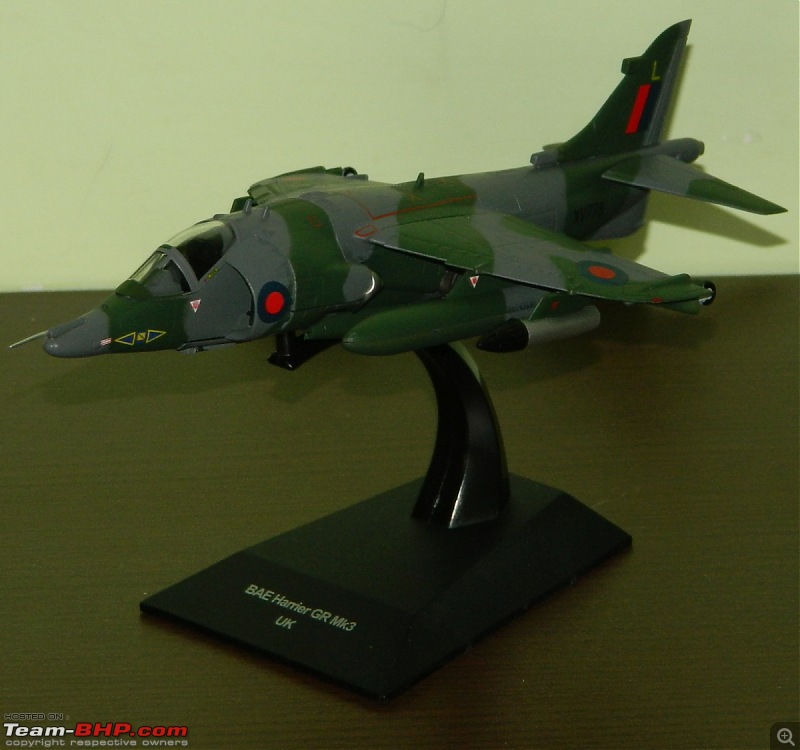
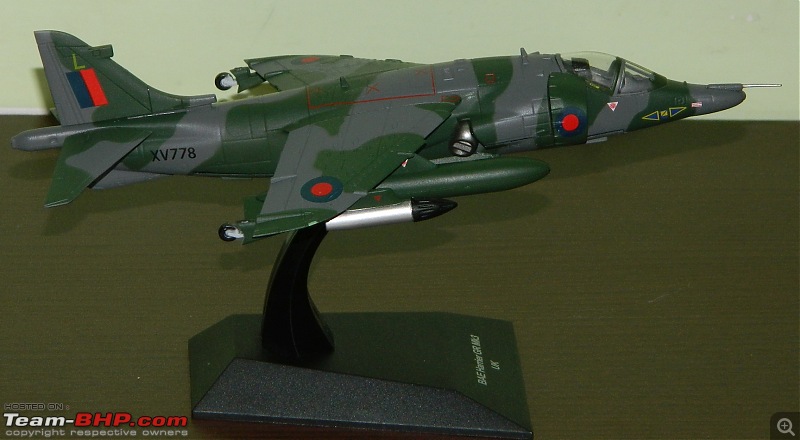
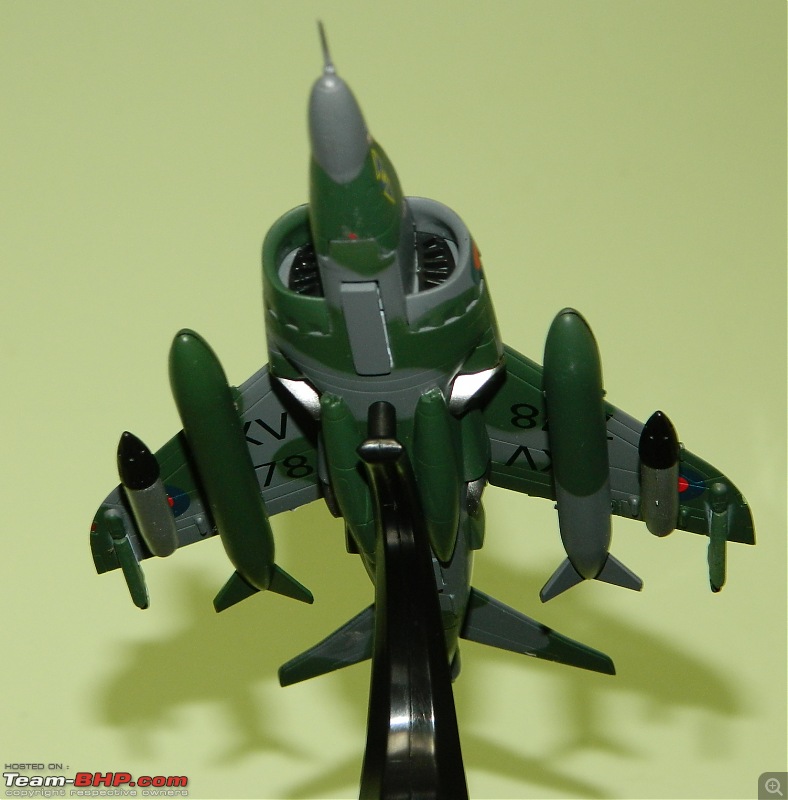
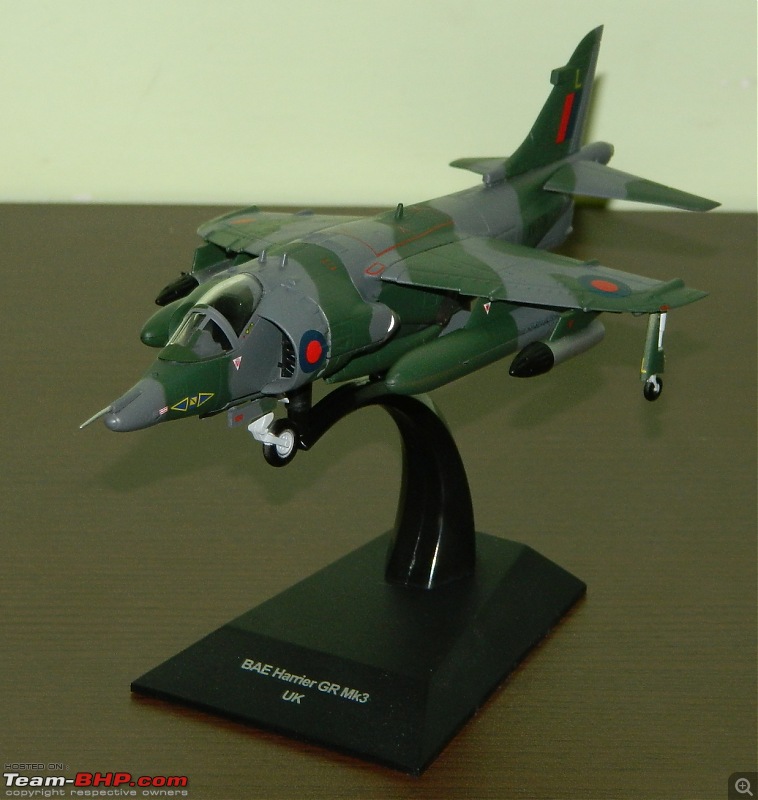
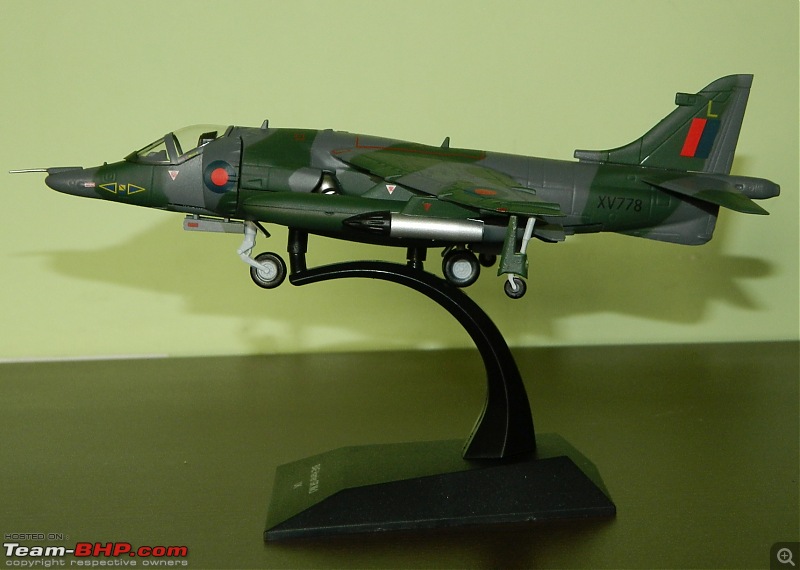
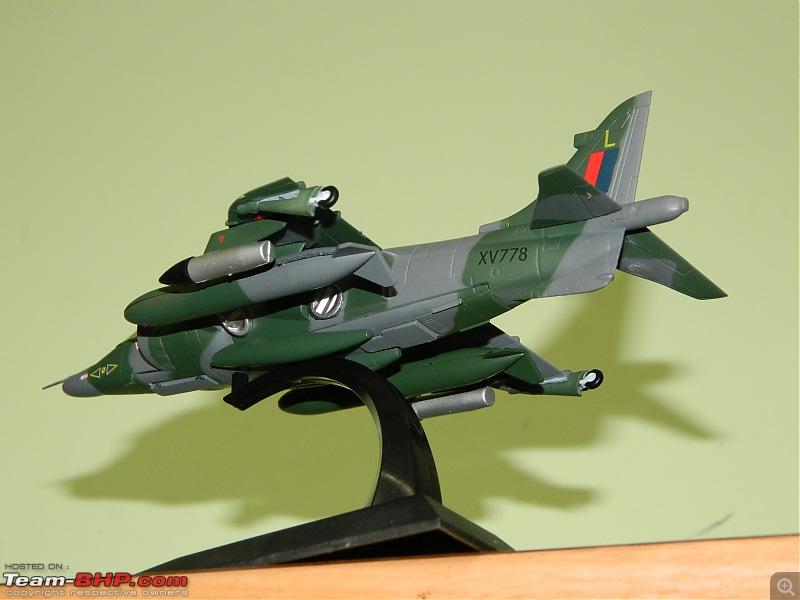
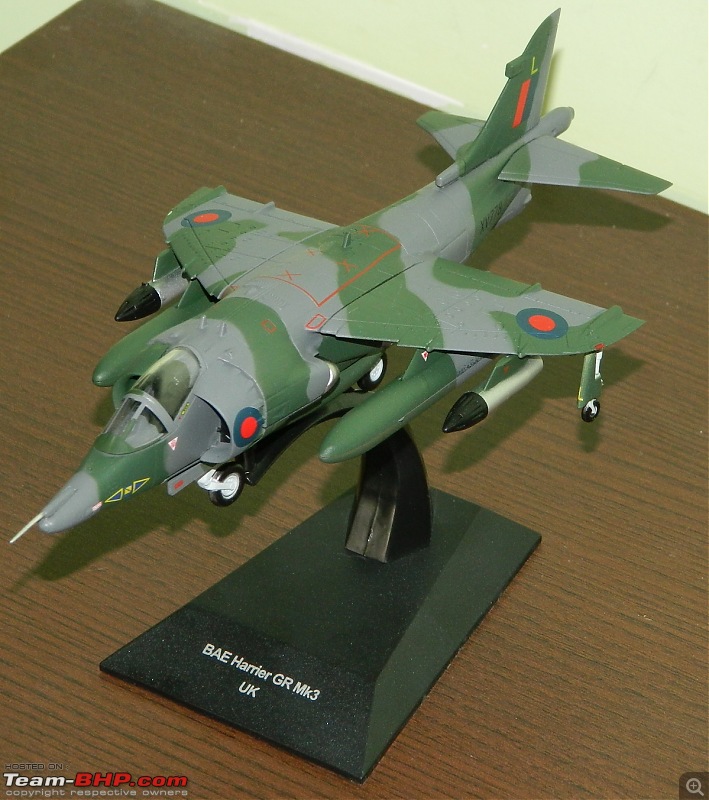
Might of the British Air power in the Falklands War. Alongside the Royal Navy Sea Harrier in my collection.
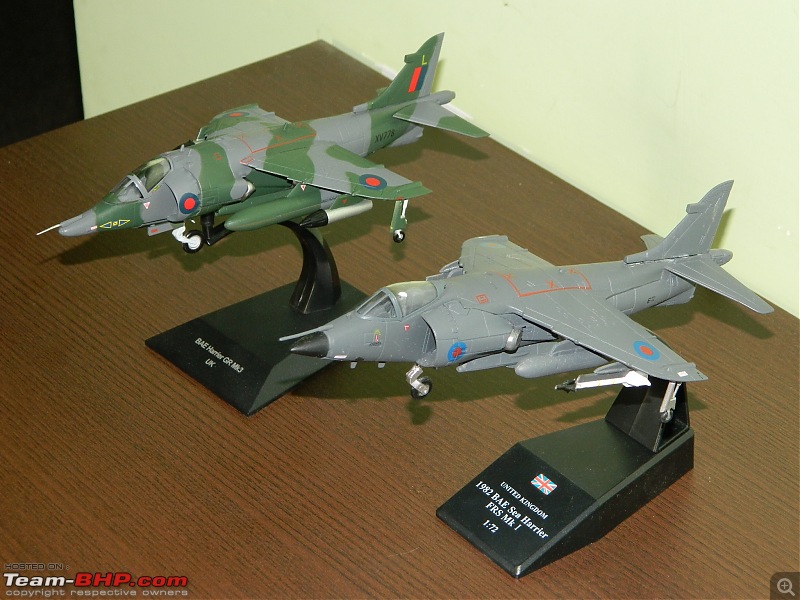
Have to look for an Argentine Skyhawk, Super Etendard or IAI Dagger/Finger scale model to face off these Harriers
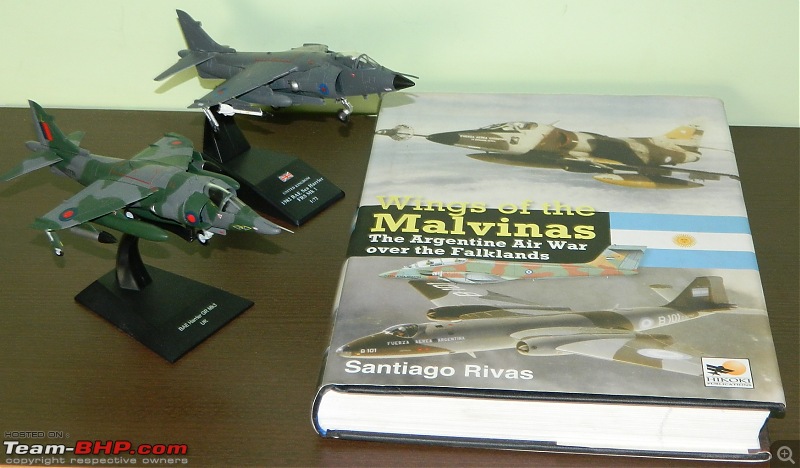
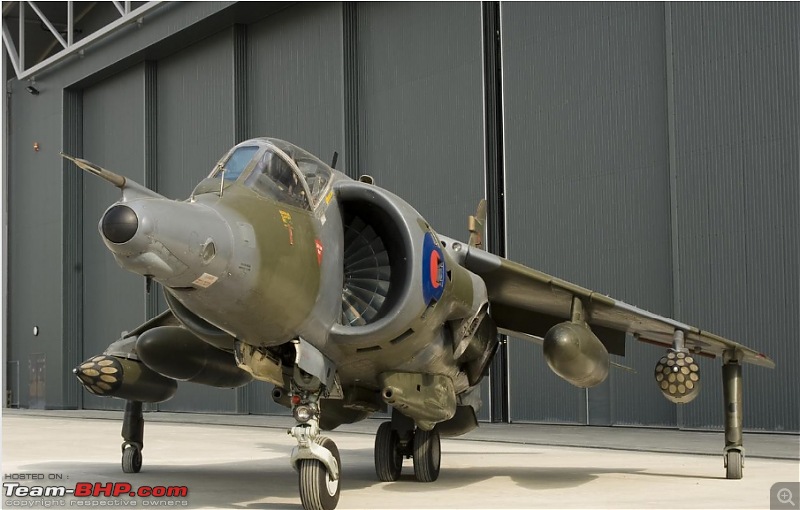
Harriers onboard the HMS Hermes( which later became INS Viraat)
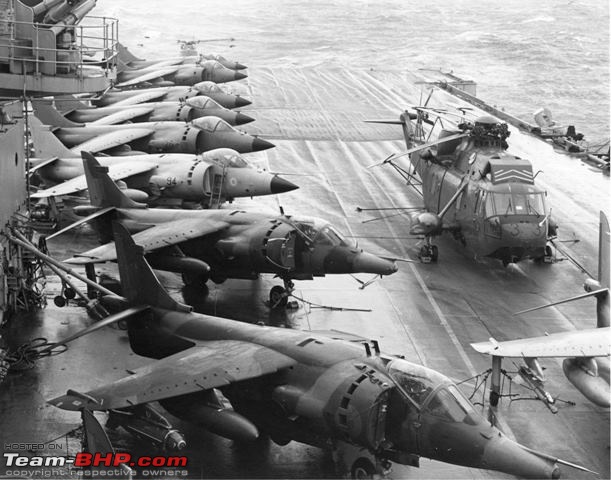
Harrier GR.3 at San Carlos Forward Operating Base, Falkland Islands
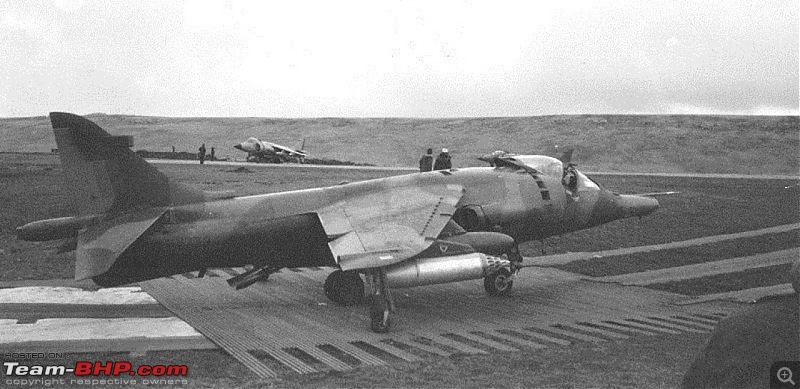











 The cabinet looks great with the reflecting mirrors. Looks better than many aviation museums I have visited!
The cabinet looks great with the reflecting mirrors. Looks better than many aviation museums I have visited!



 !!!!
!!!!
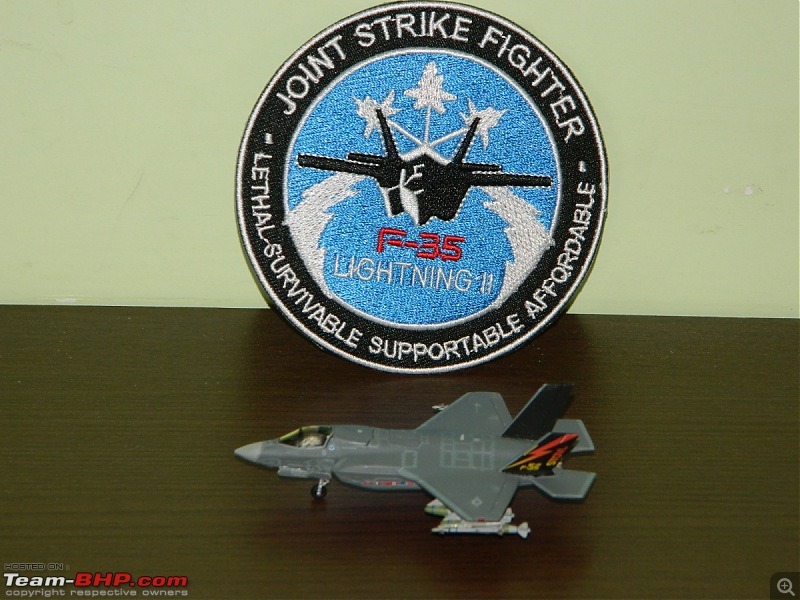
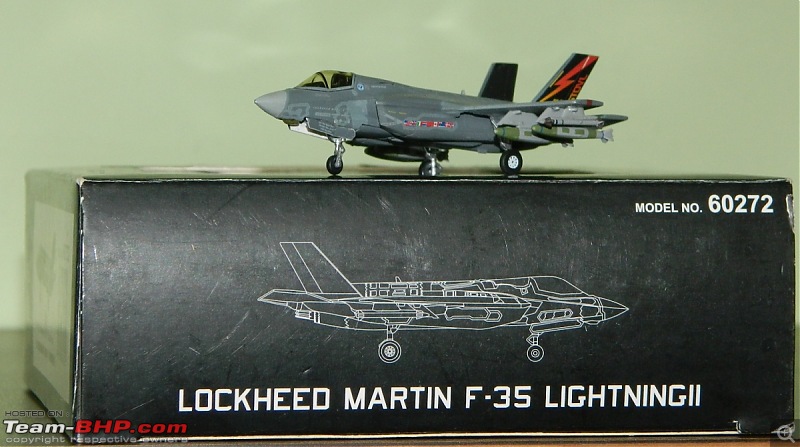
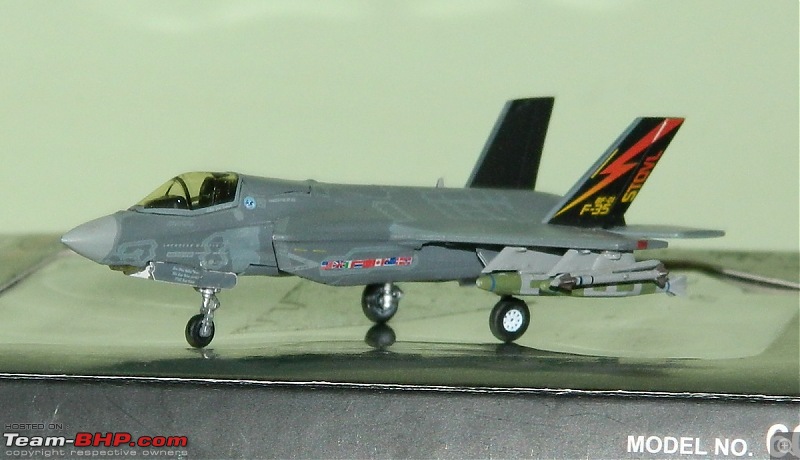
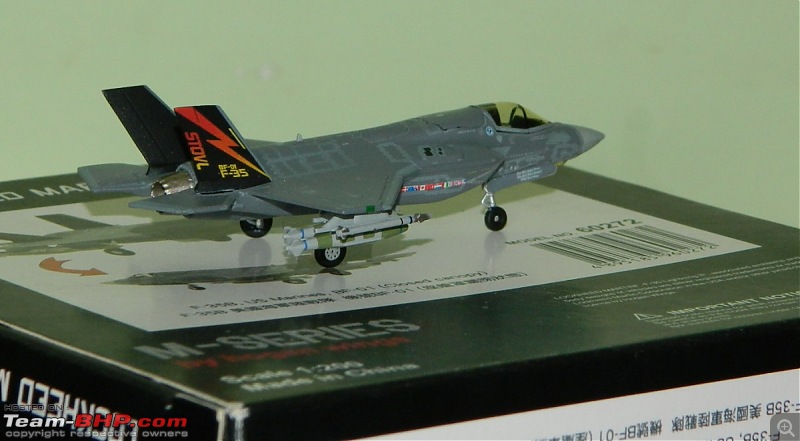
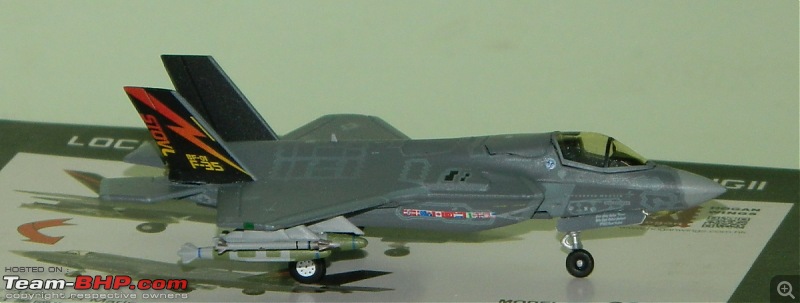
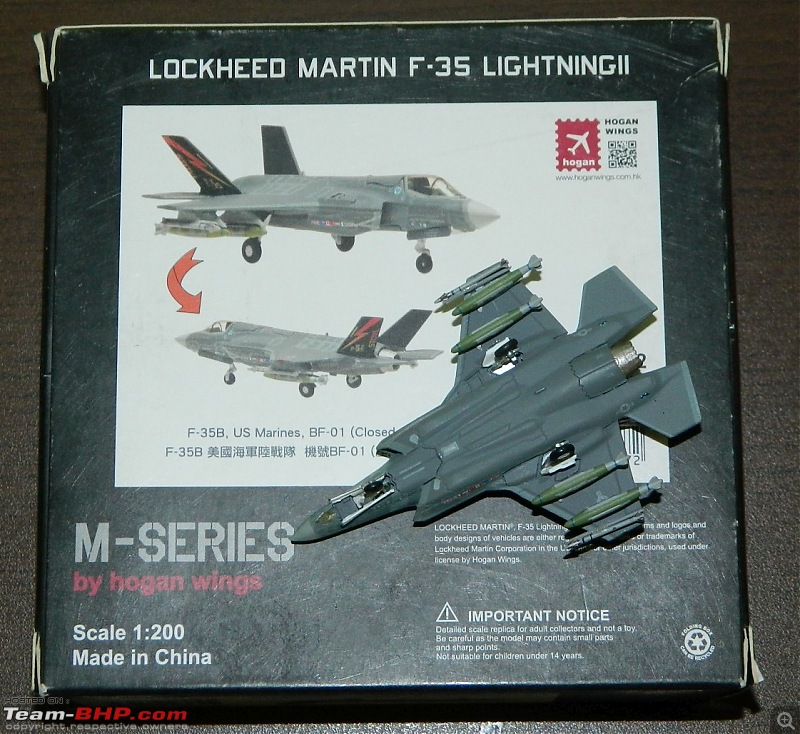
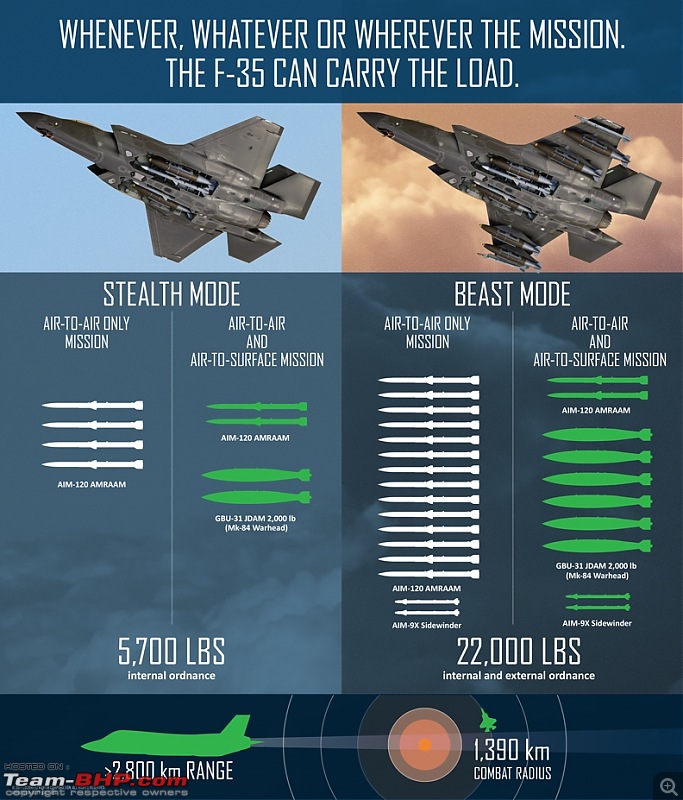
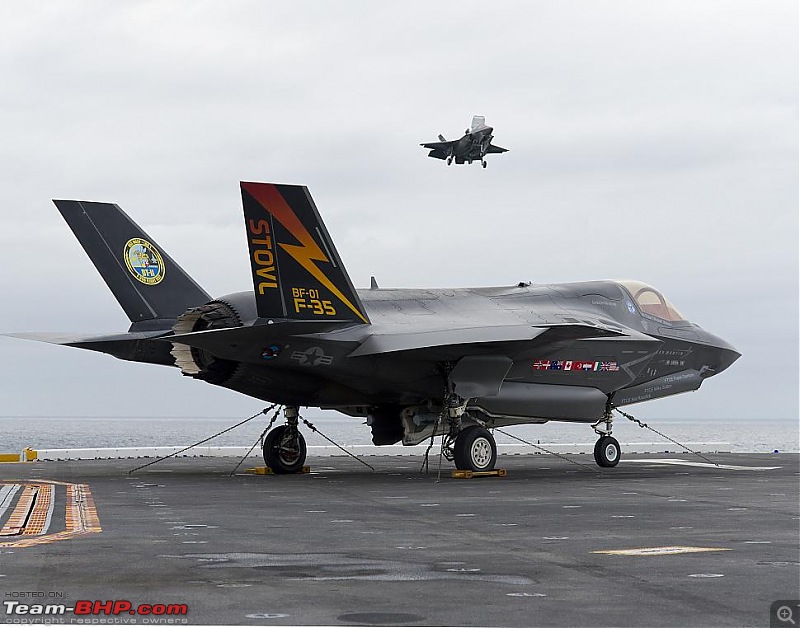
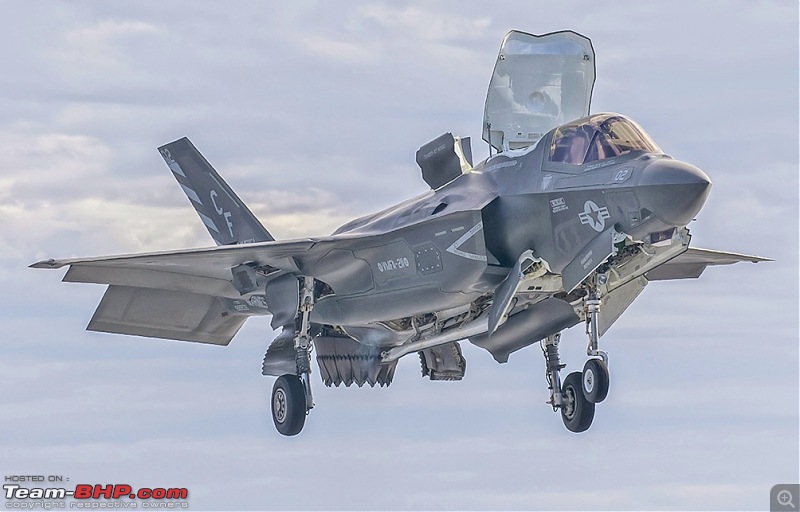
 ).
).